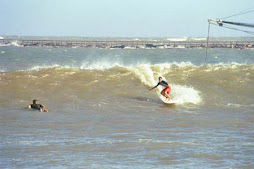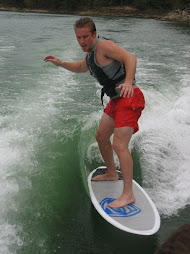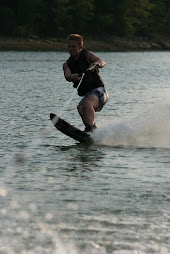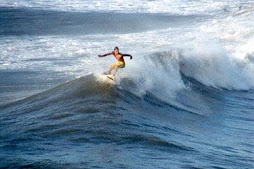I've been approaching every training session the wrong way. Come to think of it, I've been training the wrong way my entire life! After reading an article by Mark Allen -6 time Ironman World Champion- on heart rate (HR) training last week, I made the decision to buy a HR monitor. Here's a link to the article if you're interested in reading it http://www.duathlon.com/articles/1460
I am a self inflicted victim of over training. Actually, I shouldn't say I'm a victim. Being ignorant doesn't make you a victim. It just makes you uneducated. Anyways, back to my point. This is a common occurrence in most Type "A" personality types and endurance athletes. I know from experience that the old school train of thought to achieve optimal performance was to go all out, every time that you trained. I can remember back to high school when I ran track and cross country. Every single practice was a high tempo, all or nothing workout, day in-day out. I remember getting so frustrated with my times because I was pushing it so hard everyday but not getting any better. If I had known then what I know now, my 4:45 mile could have been much faster. The Shoulda, Coulda, Woulda's (it's a good book- read it!) in life won't get you anywhere. So here's what I've learned and how I'm going to make sure I don't hit the same walls in my training again.
HR training is broken out into five different zones. Training in each of these different zones will give you different results.
Zone 1: 50-60% of Max HR This is the safest, most comfortable zone, reached by walking briskly. Here you strengthen your heart and improve muscle mass while you reduce body fat, cholesterol, blood pressure, and your risk for degenerative disease. You get healthier in this zone, but not more fit -- that is, it won't increase your endurance or strength but it will increase your health.
Zone 2: 60-70% of Max HR It's easily reached by jogging slowly. While still a relatively low level of effort, this zone starts training your body to increase the rate of fat release from the cells to the muscles for fuel.
Some people call this the "fat burning zone" because up to 85 % of the total calories burned in this zone are fat calories which is equally as important.
Zone 3: The Aerobic Zone 70-80% of Max HR In this zone -- reached by running easily as an example -- you improve your functional capacity. The number and size of your blood vessels actually increase, you step up your lung capacity and respiratory rate, and your heart increases in size and strength so you can exercise longer before becoming fatigued. You're still metabolizing fats and carbohydrates at about a 50-50 rate which means both are burning at the same ratio.
Zone 4: The Anaerobic Threshold 80-90% of Max HR Here you get faster and fitter, increasing your heart rate as you cross from aerobic to anaerobic training. This is where you "feel the burn." You can stay in this zone for a limited amount of time, usually not more than an hour. That's because the muscle just cannot sustain working anaerobically (this means without sufficient oxygen) without fatiguing.
Zone 5: The Redline Zone 90-100% of Max HR This is the equivalent of running all out and is used mostly as an "interval" training regiment -- exertion done only in short to intermediate length bursts. Even world-class athletes can stay in this zone for only a few minutes at a time. It's not a zone most people will select for exercise since working out here hurts and there is an increased potential for injury.
I pretty much live my entire life in Zone 4 and 5. It's just my nature to do everything at full speed! After testing out my HR monitor this past weekend on a bike ride and run, I realized that I was always in Zone 4 and 5. I did a 9 mile run and my average pulse was 167bpm. I'm burning a lot of carbs but It's not the most effective training method for extended periods of time. Ideally you want to train in the aerobic stage 3. By training within your aerobic threshold you're burning a higher ratio of fat to carbs. Fat burning is the most efficient source of fuel in your body so if you can teach it to primarily burn fat, you'll be a more effect athlete.
Tuesday, August 11, 2009
Subscribe to:
Post Comments (Atom)













you shoulda stayed in Exercise Science and you woulda known that!! haha
ReplyDeletewhat was I thinking... accounting? really?! I saw the hell you went through for A&P 1. I couldn't have done that man!
ReplyDelete